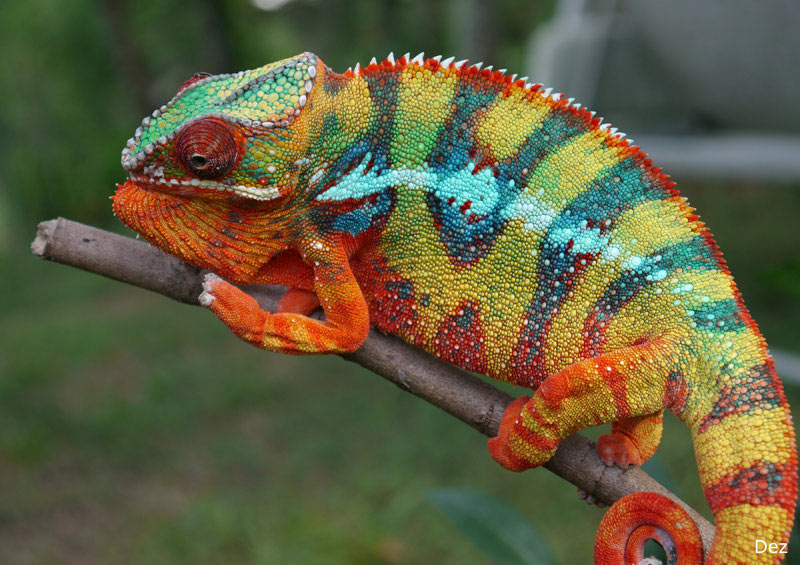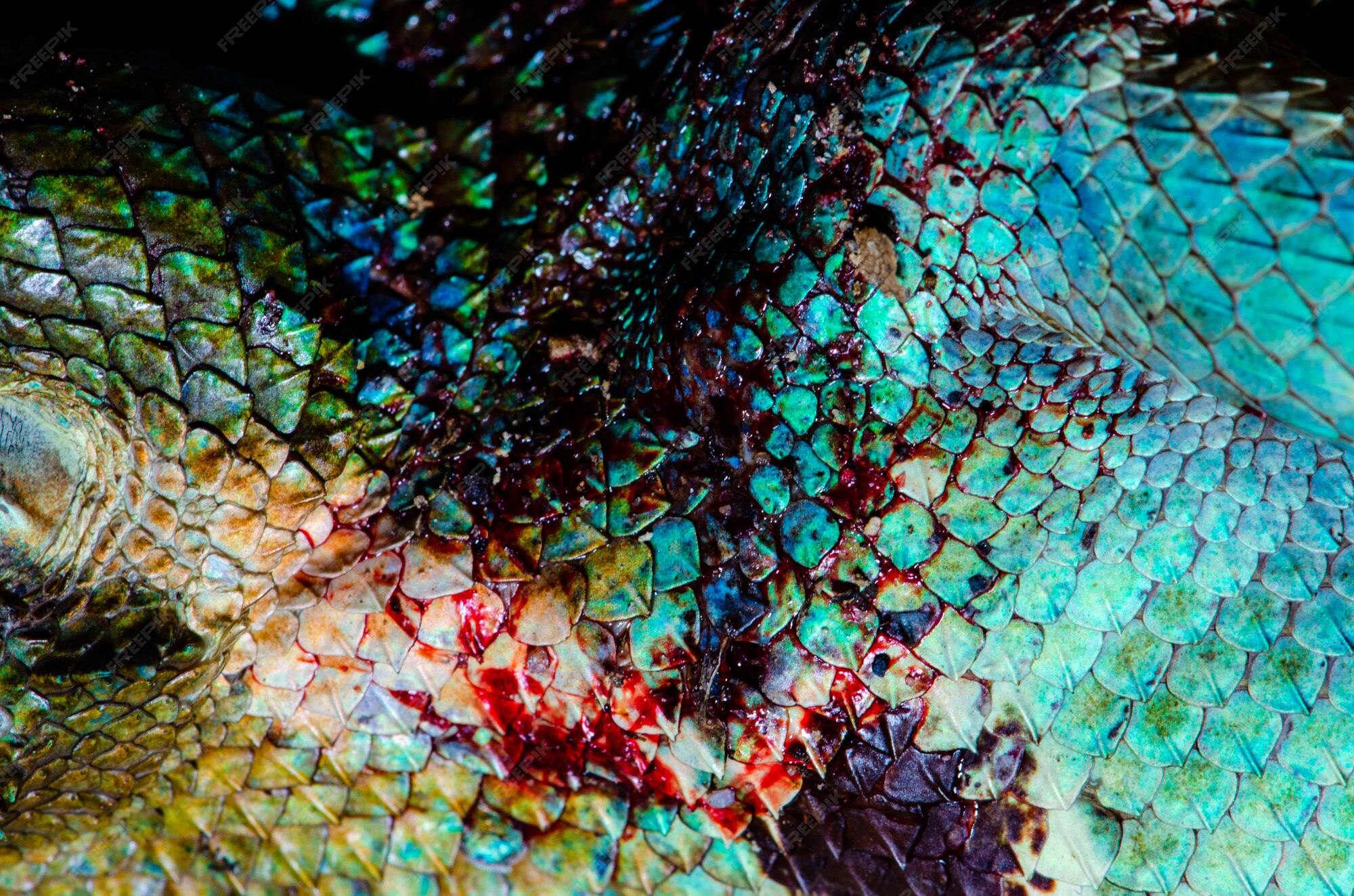HOW DO CHAMELONS CHANGE COLORS ?
Why do chameleons change colors?
Chameleons have built a pretty solid reputation upon a commonly held belief: They can stealthily blend into their surroundings. But it turns out one of those supposed facts isn't quite right — in fact, everything you think you know about chameleons and their color-changing capabilities is likely backward.
Chameleons don't actually change colors to match their enviornment. when chameleons are relaxed, they are mostly green; which allows them to naturally blend into their habitat in the forest canopy. These lizards don't change their appearance to fit in, but rather to stand out.
They change colors when they feel threatened, or annoyed or just wanna make statement. they transform into Living Mood Rings. the faster their skin changes color, the more excited they are.
How do they do it ?
For long, scientists thought that chameleons change colors by spreading out pigments in their cells, like squids or octopuses. but biologists and physicists somewhat recently realized that something way complex is going on.
Just below the surface of their skin is a layer of cells called iridophores, tiny nano-scale salt crystals made from guanine. Tese crystals are arranged into a three dimensional lattice. when light hits the lattice, it shatters into different wavelengths, some are absorbed and some are bounced back. A chameleon can adjust the wavelengths of light reflected in these tiny crystals by either tightening or relaxing their skin, which changes the spacing of the cells. when the distance changes, the crystals reflect a different wavelength of light. the result is a dramatic shift in color. f the distance between the layers is small, it reflects small wavelengths, like blue; if the distance is large it reflects larger wavelengths- for example, red.
When the animal is relaxed, the cells stay close together and reflect short wavelengths, like blue. A rush of excitement pushes those cells farther apart, enabling each iridophore to reflect longer wavelengths, like red, orange and yellow.
Why are they normally green ?
When the animal is relaxed, the cells stay close together and reflect short wavelengths, like blue. A rush of excitement pushes those cells farther apart, enabling each iridophore to reflect longer wavelengths, like red, orange and yellow.
Additionally, chameleons have pigment cells called chromatophores. Among these chromatophores are xanthophores, which contain yellow pigments. When the blue light from the iridophore cells passes through the yellow pigments in the xanthophores, the resulting color is green. This is similar to how mixing blue and yellow paint results in green.
However, not all chameleons can go Technicolor—some can only range from green, brown and gray. But panther chameleons, found in Madagascar and the focus of this study, can exhibit exotic blues, yellows, greens and reds. And now we can thank crystals for the show.




No comments:
Post a Comment